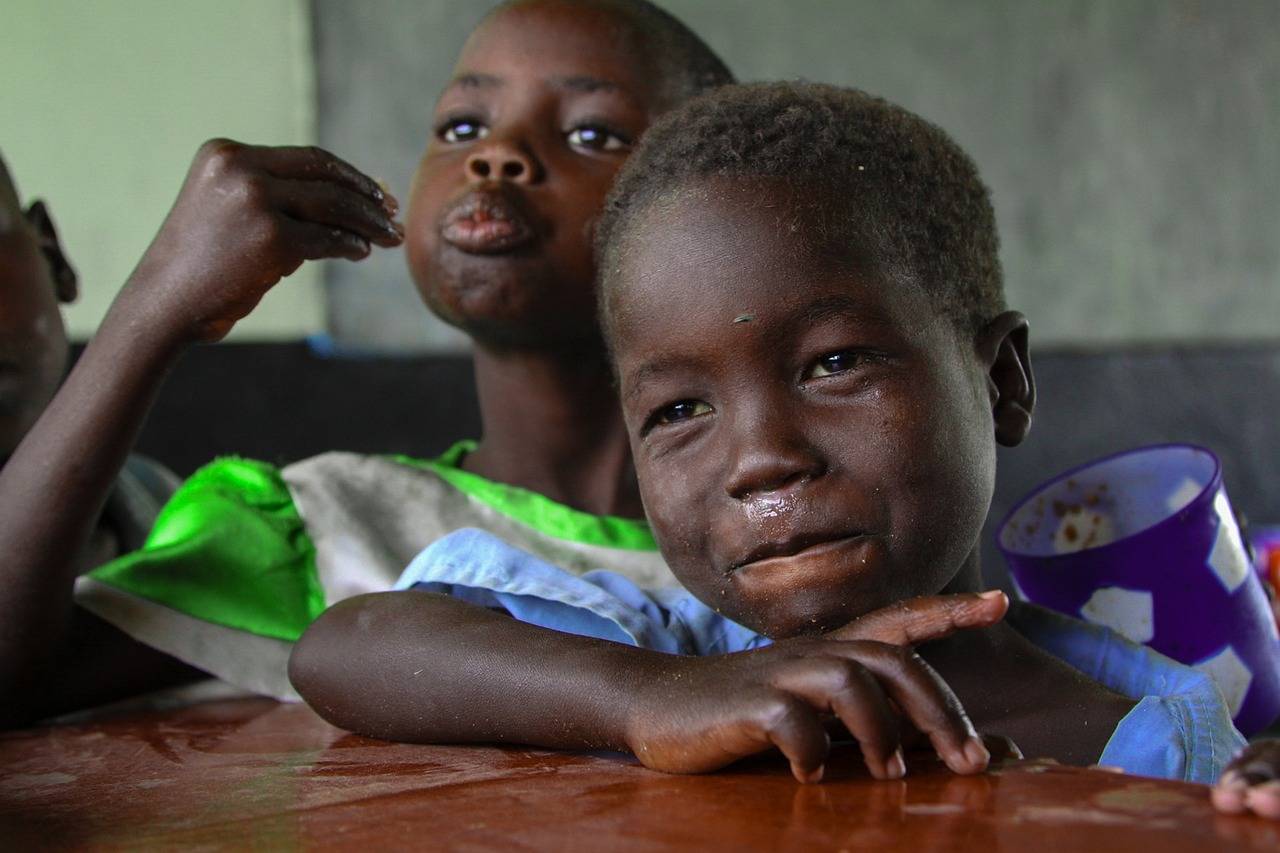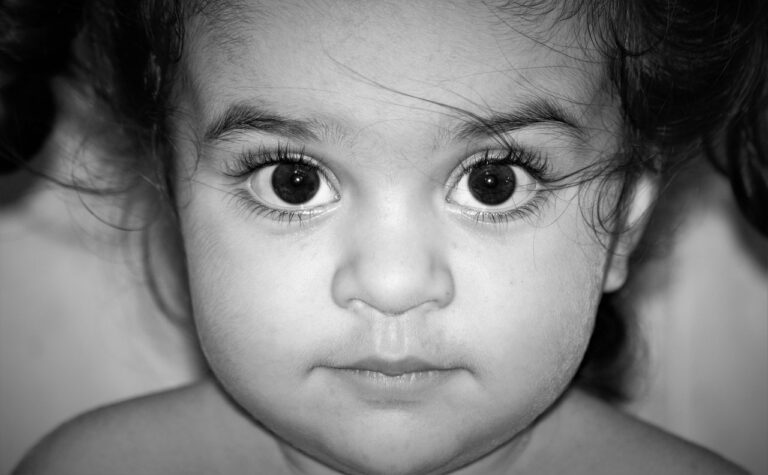Exploring New Approaches to Classroom Discipline
Traditional classroom discipline methods have long been utilized as a way to manage student behavior and maintain order within educational settings. However, these methods often face challenges when it comes to effectively addressing the diverse needs and personalities of students. One common issue is the one-size-fits-all approach, where the same disciplinary measures are applied to all students regardless of individual differences.
Additionally, traditional discipline methods may rely heavily on punitive measures such as detention, suspension, or expulsion, which can sometimes create a negative cycle of behavior in students. This approach may not always address the root cause of the behavior and can lead to a lack of understanding or communication between teachers and students. As a result, finding alternative methods that focus on positive reinforcement and individualized support has become increasingly important in creating a more conducive learning environment.
Understanding the Impact of Classroom Environment on Student Behavior
Creating a conducive learning environment is essential for fostering positive student behavior. The physical layout of the classroom, the decor, and the overall organization all play a significant role in shaping students’ attitudes towards learning. A cluttered and chaotic environment can lead to distractions and disengagement, while a well-organized and visually appealing classroom can promote focus and motivation among students.
Additionally, the emotional climate of the classroom greatly influences student behavior. Teachers who convey warmth, respect, and empathy are more likely to establish strong connections with their students, leading to a more positive learning environment. On the other hand, a hostile or indifferent atmosphere can breed apathy and disruptive behavior. It is crucial for educators to be mindful of the impact their interactions and demeanor have on shaping the overall classroom environment.
How does the traditional classroom environment affect student behavior?
The traditional classroom environment, with its focus on strict discipline and rigid structures, can often lead to negative behaviors in students such as defiance, boredom, and disengagement.
What are some challenges in using traditional classroom discipline methods?
Some challenges in using traditional classroom discipline methods include the lack of individualized approaches to behavior management, the tendency to focus on punishment rather than prevention, and the potential for creating a punitive atmosphere that may hinder learning.
How can the classroom environment impact student behavior?
The classroom environment can impact student behavior in numerous ways, such as through the physical layout of the room, the teacher-student relationship, the level of student engagement, and the overall atmosphere of the learning environment.
What are some strategies for creating a positive classroom environment that promotes positive behavior?
Some strategies for creating a positive classroom environment include establishing clear expectations for behavior, fostering a sense of community among students, providing opportunities for student choice and autonomy, and using positive reinforcement techniques.
How can teachers adapt their classroom environment to better support student behavior?
Teachers can adapt their classroom environment by incorporating elements of flexibility, collaboration, and inclusivity, as well as by implementing strategies for addressing individual student needs and promoting positive social interactions among students.





